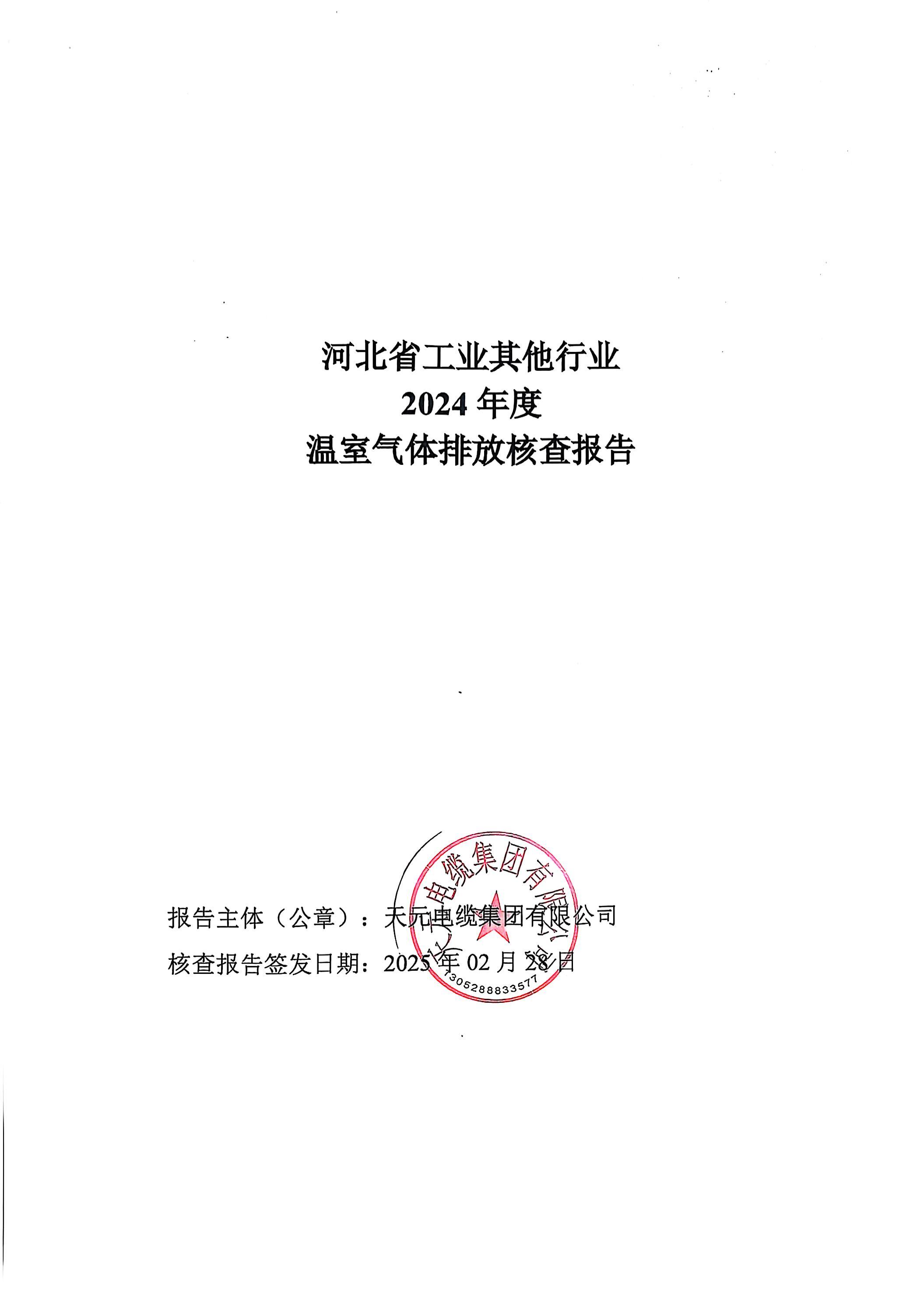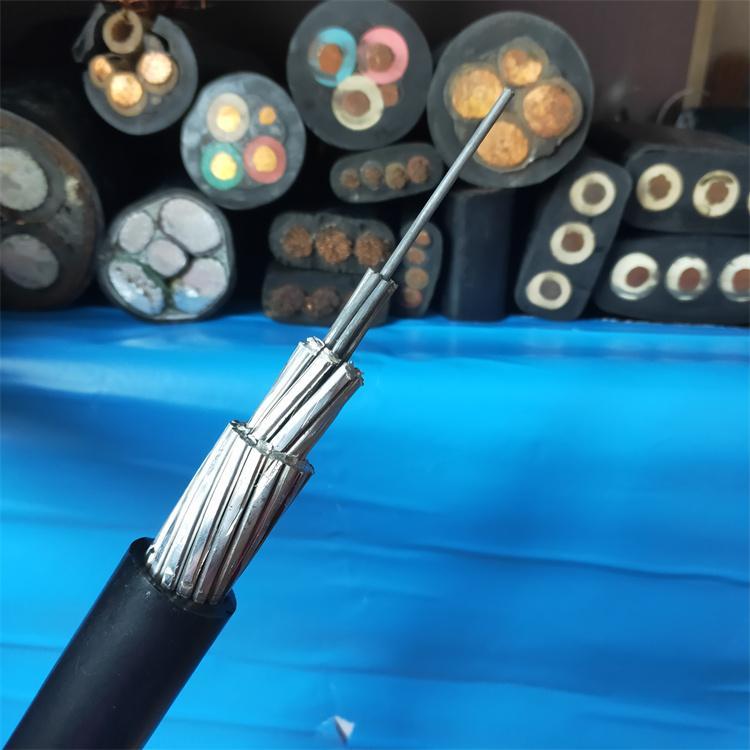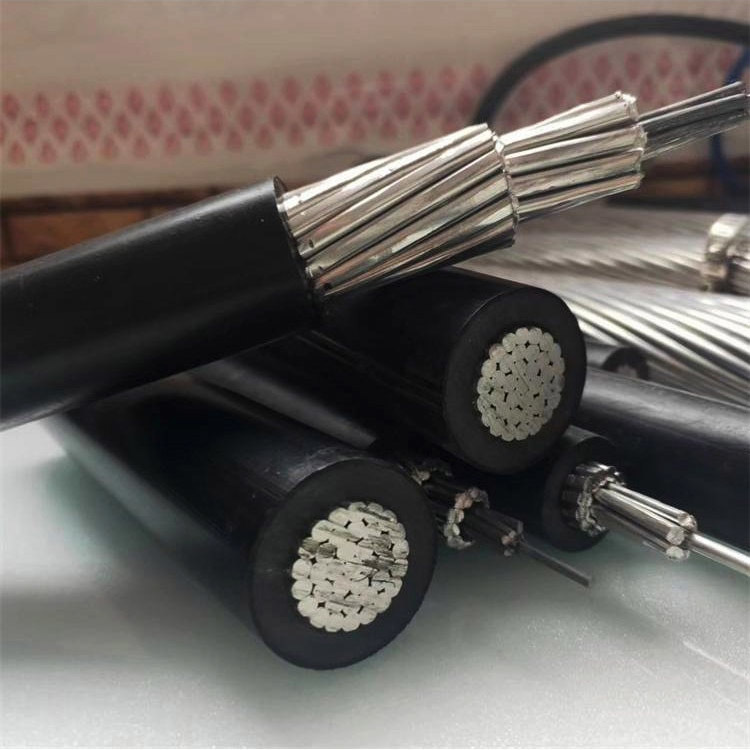Methods for testing the insulation strength of insulated wires and cables
Insulation stability tests are divided into long-term stability tests and short-term accelerated aging tests.
The dielectric strength of wires and cables refers to the ability of the insulation structure and material to withstand an electric field without breakdown. To inspect the quality of wire and cable products and ensure safe operation, all types of insulated wires and cables generally undergo dielectric strength tests. Dielectric strength tests can be divided into withstand voltage tests and breakdown tests.
Withstand voltage tests apply a certain voltage to the specimen under specific conditions. After a certain period, whether breakdown occurs serves as the standard for judging whether the specimen is qualified. The voltage is generally higher than the rated operating voltage of the specimen. The specific voltage value and withstand voltage time are specified in the product standard. The withstand voltage test can verify the reliability of the product's operation under the working voltage and detect serious defects in the insulation. It can also reveal some shortcomings in the production process, such as serious external damage to the insulation, serious defects in the conductor that cause a sharp distortion of the electric field; insulation with penetrating defects or large conductive impurities during production.
The breakdown test increases the voltage under certain test conditions until the specimen breaks down, measuring the breakdown strength or breakdown voltage. The breakdown test assesses the cable's ability to withstand voltage and the safety margin between the withstand voltage and operating voltage. Breakdown strength is one of the important parameters in cable design.
Cables generally operate under AC voltage, but they may also withstand DC voltage in DC power transmission systems and some special occasions. High-voltage cables may also be subjected to atmospheric voltage (lightning) and switching surges. Therefore, according to the different experimental voltage waveforms, dielectric strength tests can be divided into three types: 1. AC (power frequency) voltage, 2. DC voltage, 3. Impulse voltage.
Partial Discharge Measurement
Oil-filled cables generally do not have partial discharges; even if oil-paper cables have partial discharges, they are usually very weak, such as a few PCs. Therefore, these cables do not need partial discharge measurement in factory tests. For extruded cables, not only is the possibility of partial discharge greater, but the damage caused by partial discharge to plastics and rubber is also more serious. As the voltage level and operating field strength increase, this problem becomes more serious. Therefore, partial discharge measurement is required for high-voltage extruded cables in factory tests.
There are many methods for measuring partial discharge. Based on the instantaneous charge exchange produced by the discharge, the discharge pulse can be measured (electrical measurement method); based on the ultrasonic waves produced during the discharge, the voltage can be measured (acoustic measurement method); based on the light produced by the discharge, the light intensity can be measured (optical measurement method). For cables, the electrical measurement method is generally used.
Aging and Stability Tests
Aging tests are stability tests that examine whether the performance remains stable under stress (mechanical, electrical, thermal).
Thermal Aging Test
A simple thermal aging test examines the aging characteristics of a specimen under heat. The specimen is placed in an environment with a temperature higher than the rated operating temperature by a certain value. After a specified time, changes in certain sensitive properties before and after aging are measured to evaluate the aging characteristics. The temperature can also be raised to accelerate the aging of the specimen. Coupled with factors like moisture, vibration, and electric field, a thermal, mechanical, and electrical stress cycle can be created. After each aging cycle, the selected sensitive performance parameters are determined until the performance decreases to the recognized service life value. In this way, at a higher temperature T, a shorter lifespan L (sample heating time) is obtained.
Thermal Stability Test
The thermal stability test involves heating the cable by passing a current while simultaneously applying a certain voltage. After a certain heating period, certain sensitive performance parameters are measured to evaluate the stability of the insulation.
Insulation stability tests are divided into long-term stability tests and short-term accelerated aging tests.
Tag:
Related Posts











